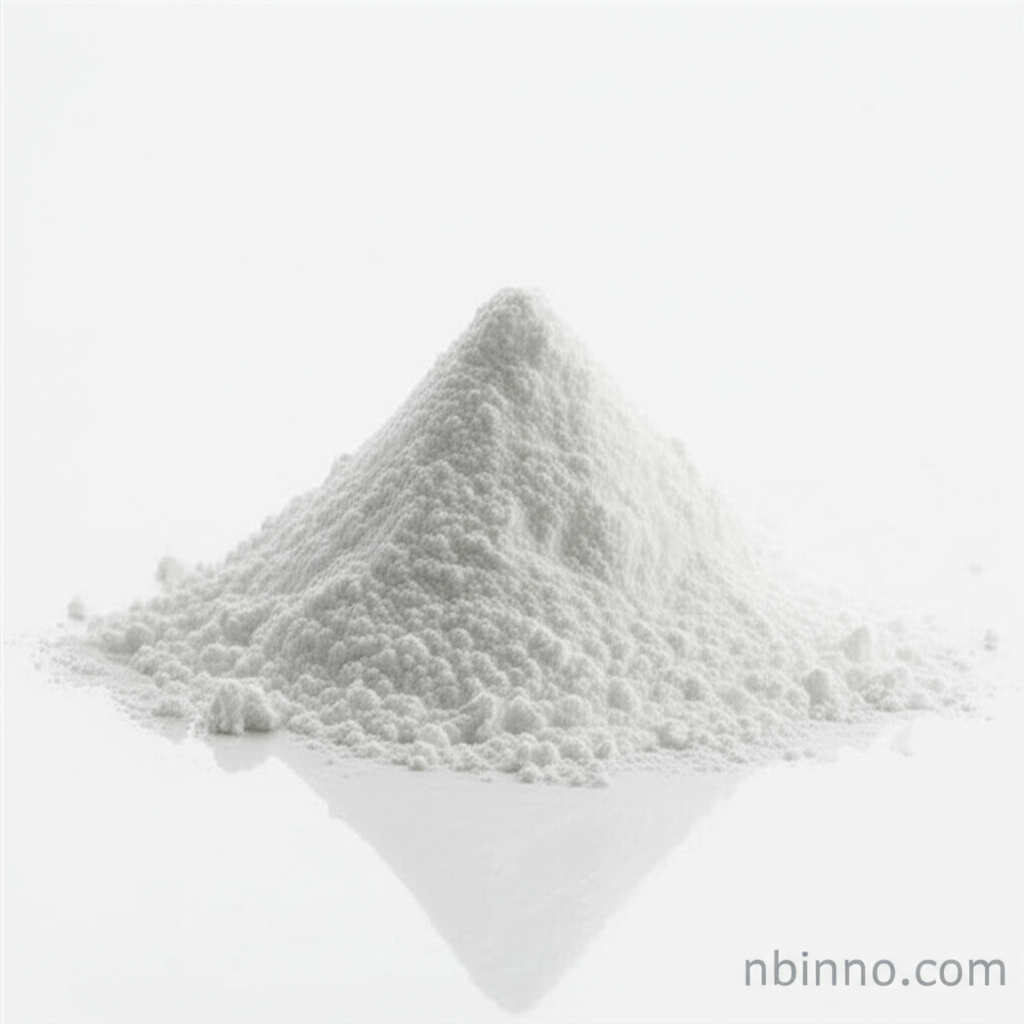LL-37 Peptide: Mechanism, Applications, and Therapeutic Potential in Innate Immunity
Exploring the multifaceted roles of human cathelicidin LL-37 in combating infections and modulating immune responses.
Get a Quote & SampleProduct Core Value

LL-37 Peptide
LL-37 is a vital component of the human innate immune system, offering broad-spectrum antimicrobial activity. Its amphipathic alpha-helical structure enables it to interact with and disrupt microbial cell membranes, effectively combating a range of pathogens, including antibiotic-resistant strains. Beyond its direct antimicrobial effects, LL-37 plays a crucial role in modulating immune responses and promoting tissue repair, making it a compound of significant interest in various therapeutic applications.
- The LL-37 antimicrobial activity is crucial for first-line defense against diverse pathogens.
- Understanding the LL-37 mechanism of action, including channel formation, is key to its therapeutic exploitation.
- LL-37 is instrumental in modulating the innate immune response and inflammation processes.
- Research highlights LL-37's role in wound healing and tissue regeneration.
Advantages Offered
Broad-Spectrum Efficacy
LL-37 demonstrates potent activity against a wide array of bacteria, fungi, and viruses, making it a versatile agent for combating infections.
Immunomodulatory Effects
This peptide actively modulates immune cell behavior, influencing inflammatory pathways and contributing to a balanced immune response, vital for innate immunity.
Therapeutic Potential
Its unique mechanisms and efficacy against resistant strains position LL-37 as a promising candidate for novel antimicrobial therapies and treatments for inflammatory diseases.
Key Applications
Antimicrobial Therapy
Leveraging LL-37's ability to disrupt microbial membranes offers a novel approach to combatting antibiotic-resistant bacteria and other pathogens.
Wound Healing Support
LL-37's role in promoting cell proliferation and migration aids in accelerating the wound closure process, crucial for tissue repair.
Immunomodulation
The peptide's capacity to regulate inflammatory responses makes it a candidate for treating conditions associated with excessive inflammation.
Neurodegenerative Disease Research
Emerging research suggests a role for LL-37 in conditions like Alzheimer's disease, potentially influencing neuroinflammation and protein aggregation pathways.
